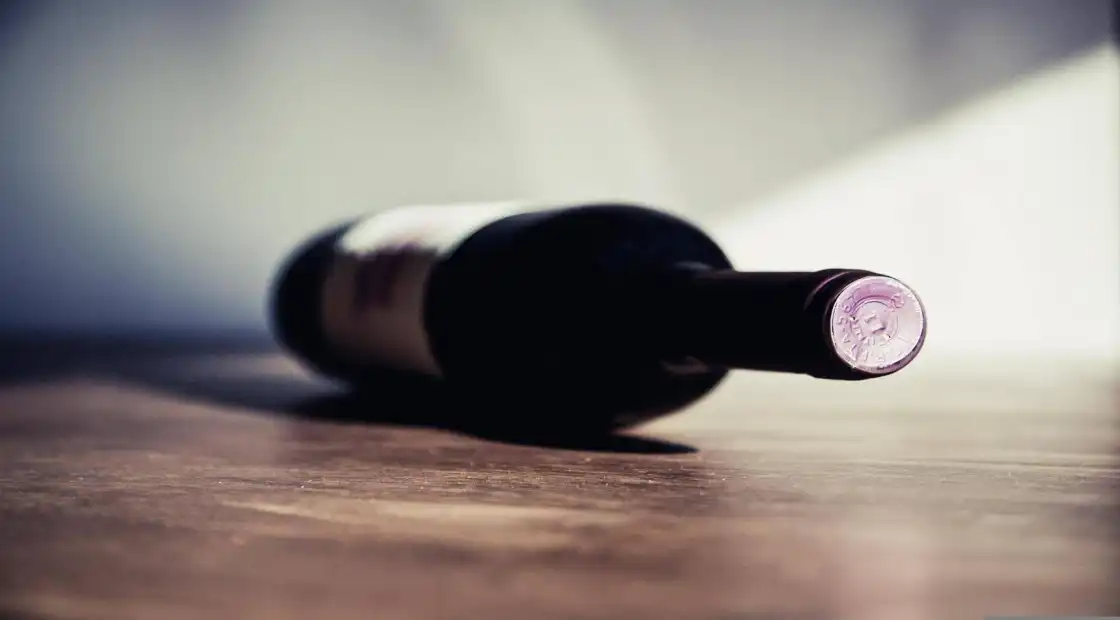Wines without added sulfites: a technical and sensory approach

Collaborative research on wines with no added sulfites
At SIVAL 2025, IFV presented the results of a five-year research project on the development and perception of wines without added sulfites. This collaborative project involved several partners, including Sicarex Beaujolais, the Centre du Rosé and theÉcole supérieure des agricultures d'Angers. The aim was to develop specific technical itineraries and evaluate the perception of the wines by professionals and consumers.
Technical itineraries for sulfite-free wines
Various wine-growing regions were analyzed, with a methodology based on the co-construction of winemaking itineraries involving players in the field. This participatory approach enabled the structuring of specific processes by region and wine type. Each region identified itineraries adapted to its local constraints, ranging from the white wines of Val-de-Loire to the reds of Beaujolais and Bordeaux.
The research carried out highlighted the need for precise monitoring, particularly in terms of hygiene and fermentation management. Malolactic fermentation was identified as a key stage in stabilizing sulfite-free wines, thereby reducing microbiological risks. In addition, technical itineraries integrating inerting and bioprotection have been defined to minimize alterations and ensure better preservation.
Consumer perception and acceptability of defects
Beyond technical considerations, the study assessed how consumers and professionals perceive sulfite-free wines. Sensory analyses revealed that professionals strongly associate these wines with a risk of olfactory defects, notably oxidative or phenolic. Consumers, on the other hand, although generally positive, show a more nuanced appreciation, sometimes even favorable to certain aromatic notes perceived as "signatures" of the product.
The tests also showed that the "sulfite-free" indication influences the perception of professionals by lowering their overall assessment of products, while this indication has no significant effect on consumers when only sensory criteria are taken into account.
Challenges and opportunities for the sector
The results of this study highlight the need to improve communication around wines with no added sulfites, and to standardize labeling to better inform consumers. The challenge is also to guarantee consistent quality, notably by optimizing technical itineraries and rigorous control in the cellar. Understanding the expectations of consumers and professionals is key to structuring this emerging sector and making it more accessible on the market.